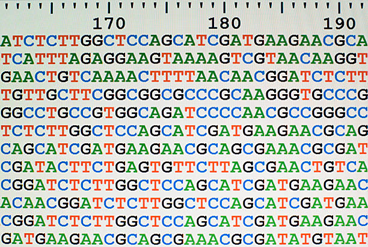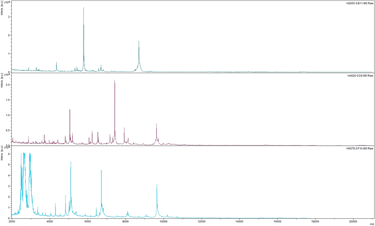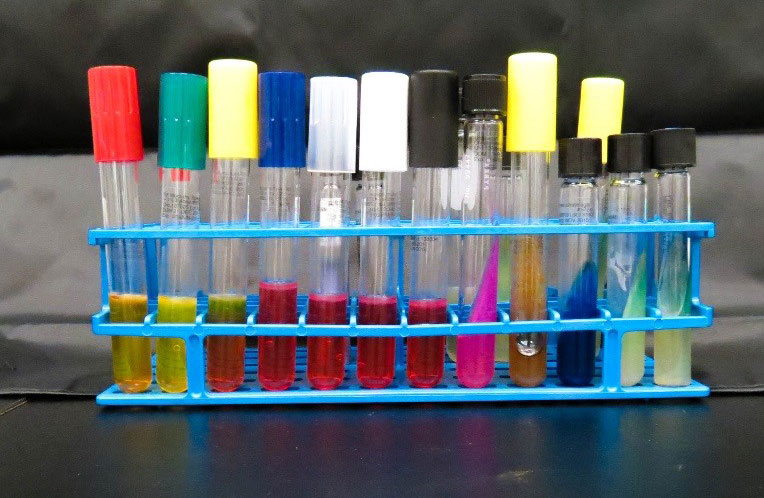About MicrobeNet
What is MicrobeNet?
MicrobeNet is a free virtual microbiology laboratory for bacterial and fungal pathogens. It was designed to help medical and laboratory personnel anywhere in the world identify pathogens. Many scientists outside of clinical settings have also turned to MicrobeNet for help in identifying bacteria and fungi.
Who uses MicrobeNet?
Thousands of doctors, microbiologists, research scientists, students, and public health officials in nearly 100 countries use MicrobeNet. These users work at a variety of institutions, including public and private health labs, agricultural labs, universities, government agencies, and for-profit businesses.
What information is in MicrobeNet?
MicrobeNet contains reliable, accurate clinically relevant information on thousands of bacteria and fungi, including select agents and rare and unusual pathogens.
MicrobeNet consists of four basic components: a taxonomy search and three modules (BLAST, MALDI-TOF, and phenotype). A fourth whole genome sequence identification module is being developed.
- genus and species clinical text descriptions,
- photographs of colony morphologies and gram stains,
- references and links to CDC testing procedures,
- gene sequences and biochemical testing results including antibiotic susceptibilities, and
- contact information for subject matter experts at the CDC.
Contains over 6,500 16S and ITS gene sequences from CDC -curated bacterial and fungal species.

Contains over 12,000 spectra from over 3,500 bacterial and fungal species, and includes Bruker and Argentinian databases as well.

Includes biochemical testing results from 239 curated bacterial pathogens.

Will allow users to submit their raw whole genome sequencing reads for pathogen identification.
Coming Soon!
MicrobeNet users anywhere in the world can submit their gene sequences, MALDI-TOF spectra, and biochemical test results to search against CDC’s curated databases of pathogens.